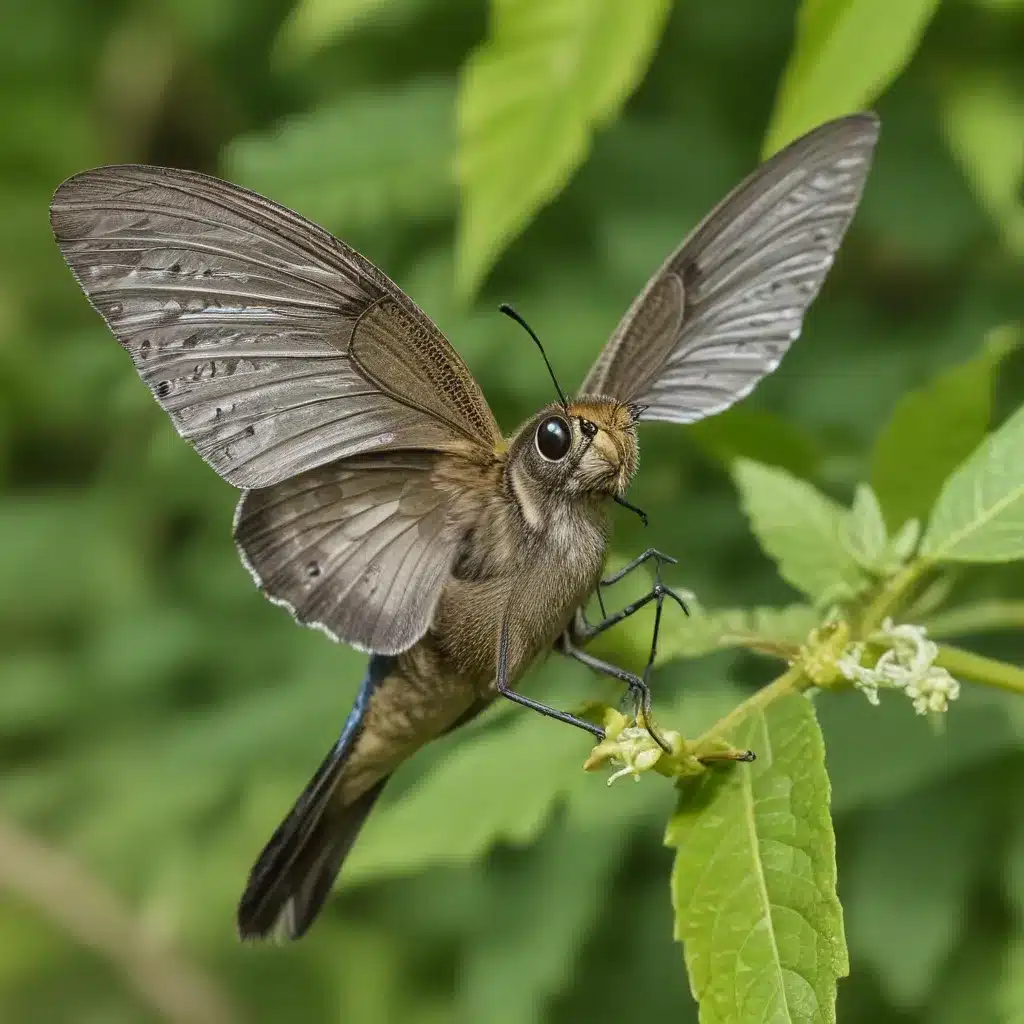
Birding on the Farm Nature Trail: Spotting Winged Wonders
Crooked Pines Farm is home to a vibrant and diverse community of birds, from the familiar songs of resident favorites to the fleeting glimpses of migratory visitors. As you stroll along our farm’s nature trail, keep your eyes peeled and your senses attuned – you never know what winged wonders you might encounter!
Common Feathered Visitors
The Red-winged Blackbird is a true harbinger of spring at Crooked Pines. As the snow melts and the first green shoots emerge, its bold cries of “conk-a-ree!” echo across the fields, signaling the return of warmer days. These striking black birds with their brilliant crimson epaulets are a beloved sight, often perching atop fence posts or swaying in the cattails.
The cheerful Eastern Bluebird is another regular on our nature trail, its azure feathers flashing as it darts from tree to tree. These cavity-nesting songbirds are a joy to behold, especially when they gather in small flocks to forage for insects and berries. With the help of our birdhouses, we’ve been able to provide the bluebirds with plenty of nesting spots around the farm.
Of course, no farm would be complete without the ubiquitous American Robin, its rusty-orange breast a familiar harbinger of spring. These active ground-foragers can be seen hopping across the lawn, pausing to tilt their heads and listen for the telltale movements of earthworms beneath the soil. Their melodious warbles are a soothing soundtrack to our outdoor adventures.
Elusive Species
While the regulars are a delight, the true thrill comes from spotting the more elusive birds that grace our nature trail. The Short-eared Owl, for instance, is a captivating sight as it glides low over the fields at dusk, hunting for small rodents. With its distinctive tawny plumage and silent, buoyant flight, this owl is a true master of the crepuscular hours.
Another bird that demands our attention is the Bald Eagle. Though not a daily visitor, the occasional glimpse of this majestic raptor soaring high above the treetops or perched regally on a distant snag is a true privilege. We’ve even been lucky enough to spot a pair of eagles tending to their nest in a towering oak, a reminder of the ecological richness that thrives on our farm.
Migratory Patterns
The nature trail at Crooked Pines is a hub of activity throughout the year, as migratory birds pass through on their seasonal journeys. In early spring, we eagerly await the arrival of the Ruby-throated Hummingbird, whose iridescent gorget and incredible aerial agility captivate both young and old. These diminutive wonders flit from blossom to blossom, sipping nectar and adding a touch of magic to our landscape.
As summer gives way to autumn, we keep our eyes peeled for the Monarch Butterfly, whose brilliant orange wings flutter gracefully among the wildflowers. These incredible pollinators have faced significant challenges in recent years, but here at Crooked Pines, we’re doing our part to support them by maintaining diverse native plantings and limiting the use of pesticides.
Habitats and Ecosystems
The diverse habitats found along our nature trail provide essential resources for the birds and other wildlife that call Crooked Pines home. The woodland areas offer nesting cavities and dense foliage for cover, while the wetland zones provide drinking water and abundant food sources in the form of insects, amphibians, and small fish.
Our meadows and grasslands are especially vital, as they support a wide range of ground-nesting birds and small mammals. The tall grasses and wildflowers provide vital nesting material and protective shelter, while also attracting a diversity of pollinators that are crucial to the health of our farm ecosystem.
Birding Equipment and Techniques
To fully immerse yourself in the world of birds at Crooked Pines, we recommend bringing along a pair of high-quality binoculars or a spotting scope. These tools will allow you to observe the feathered denizens of our nature trail in stunning detail, from the intricate patterns on a Downy Woodpecker’s back to the vibrant hues of a Northern Flicker’s plumage.
In addition to optical aids, a field guide or mobile app can be invaluable for identifying the species you encounter. The Audubon App and eBird are two excellent resources that can help you put a name to the birds you spot, learn about their behaviors, and even contribute your sightings to citizen science projects.
When it comes to spotting birds, patience and a keen eye are key. Scan the treetops, scan the bushes, and be mindful of any movement or sudden flashes of color. Remain still and quiet, and you may be rewarded with fleeting glimpses of secretive species like the Eastern Towhee or the elusive Hermit Thrush.
Conservation Efforts
At Crooked Pines Farm, we are deeply committed to protecting and enhancing the habitats that support our avian neighbors. By maintaining native plant communities, limiting the use of harmful pesticides, and providing nesting boxes and birdbaths, we strive to create an environment that is truly bird-friendly.
We also encourage our visitors to participate in citizen science initiatives, such as Project FeederWatch and the annual Christmas Bird Count. These programs not only provide valuable data to help guide conservation efforts, but they also foster a deeper connection between people and the natural world.
So, whether you’re a seasoned birder or a newcomer to the hobby, we invite you to explore the wonders of our farm’s nature trail. Who knows what winged treasures you might discover, from the familiar Red-winged Blackbird to the majestic Bald Eagle? With a little patience and a keen eye, the birds of Crooked Pines are sure to delight and inspire.


